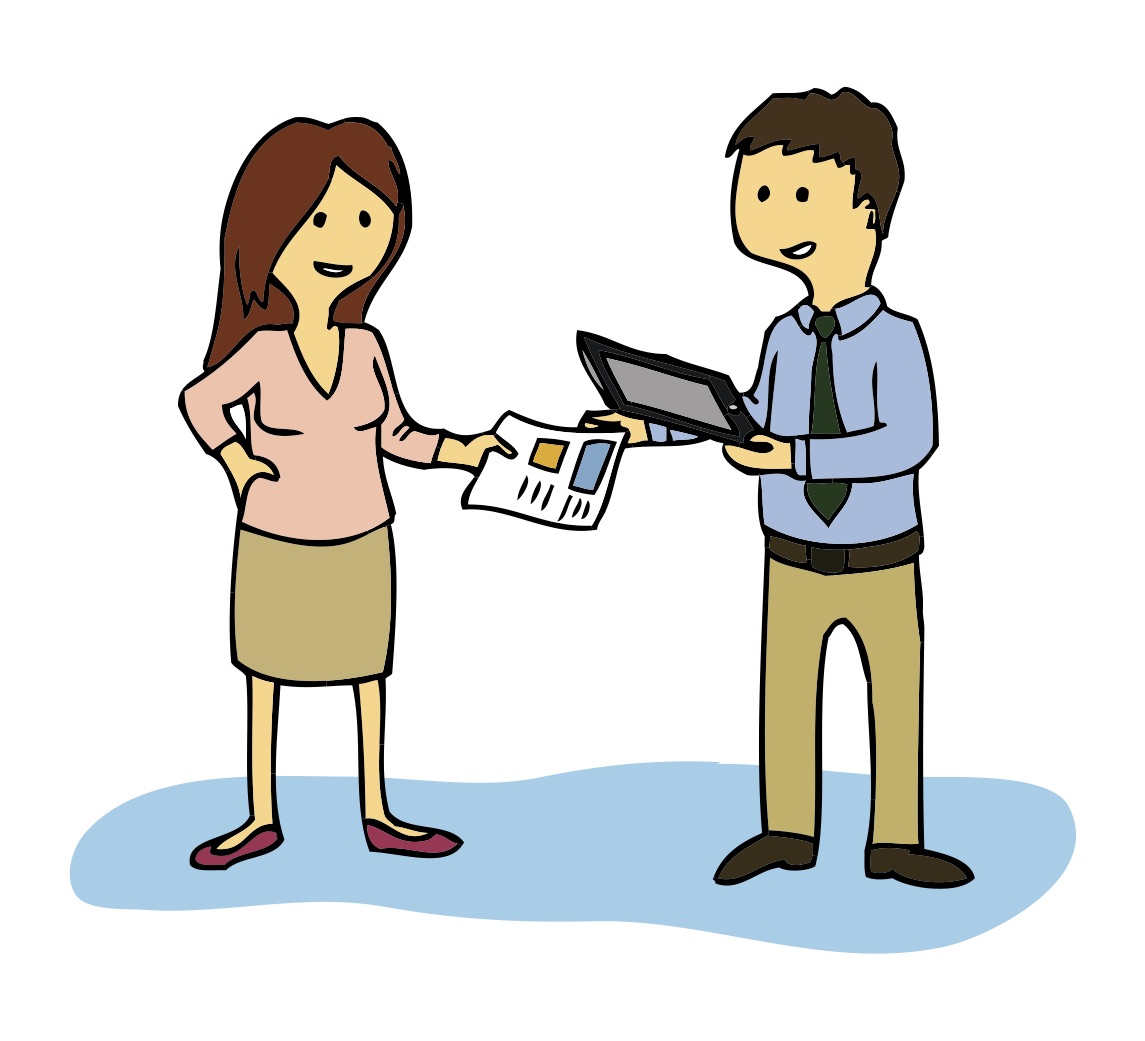Change is in the air . . . that’s a lot of hot air.
We talk about change on Twitter, at conferences, and on blogs, but so many teachers are still sitting in the same professional development sessions they’ve been snoring through for years. Although I miss teaching, I don’t miss those PD afternoons!
Digitizing the same old PD isn’t enough.
One approach folks have taken to move PD into the modern age has been to digitize PD lectures. Moving old-school, one-size-fits-all PD online makes it easier to fast forward through, but it doesn’t make it any more useful to teachers. Technology may be part of the solution, but no magic is added to a lecture by virtue of being online.
It’s the content and quality of the PD that matters.
What does good PD look like?
So what do we really want out of PD, and can technology provide it?
When I was in the classroom, the most impactful professional growth opportunities were never called “professional development.” Instead, they were lunch conversations, swapping lesson plan ideas or strategies for helping my kids master a particularly challenging concept. Or they were visits to a colleague’s classroom, or co-teaching opportunities, or overheard conversations among teachers and students during an activity.

Those moments helped me become a better teacher more than any traditional form of PD. The feedback was contextualized in real situations, offered by experts who were working with the same students as I was, and given to me at the very moment I needed it.
Technology allows us to reinvent PD from the ground up.
At TeachBoost, we’ve built our Library tool with a view to scaling these moments, turning isolated interactions into high-quality, sustainable professional growth opportunities. Feedback exchanged between two teachers, or a resource recommended by a coach to a teacher, or a video observation of a master teacher in action can all be repurposed as PD content, nested under the appropriate categories—content, professional, or otherwise—and then recommended in future, similar conversations with others (of course, all with the permission of the participating educators).
In other words, the PD of the future can be entirely homegrown within a district, utilizing the activities that are already working. Edtech serves to take those pearls of wisdom exchanged over lunch, or those magical moments in a classroom, and turns them into collateral that will help other teachers seeking guidance and answers.
I know I’d much rather have my instructional coach recommend that I watch my colleague from down the hall work with her 8th-graders as I strive to improve my classroom management skills—the same kids I spent my first semester trying to wrangle are model students in her class. That’s a video I’ll happily rewind.










